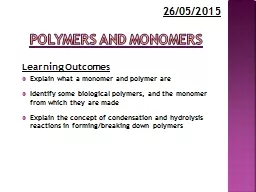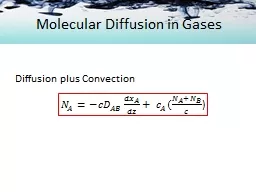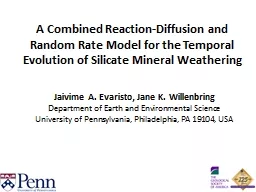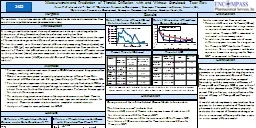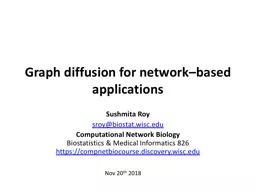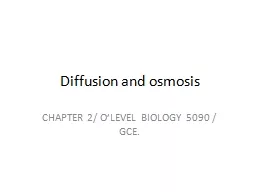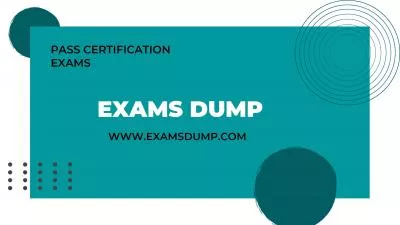PPT-Homework HAND IN Graph and analysis questions from rate of diffusion investigation.
Author : ellena-manuel | Published Date : 2018-10-21
Should be neatly presented in your lab book BIOLOGICAL MOLECULES 311 MONOMERS and POLYMERS Polymers and Monomers Learning Outcomes You should be able to E xplain
Presentation Embed Code
Download Presentation
Download Presentation The PPT/PDF document "Homework HAND IN Graph and analysis ques..." is the property of its rightful owner. Permission is granted to download and print the materials on this website for personal, non-commercial use only, and to display it on your personal computer provided you do not modify the materials and that you retain all copyright notices contained in the materials. By downloading content from our website, you accept the terms of this agreement.
Homework HAND IN Graph and analysis questions from rate of diffusion investigation.: Transcript
Download Rules Of Document
"Homework HAND IN Graph and analysis questions from rate of diffusion investigation."The content belongs to its owner. You may download and print it for personal use, without modification, and keep all copyright notices. By downloading, you agree to these terms.
Related Documents

